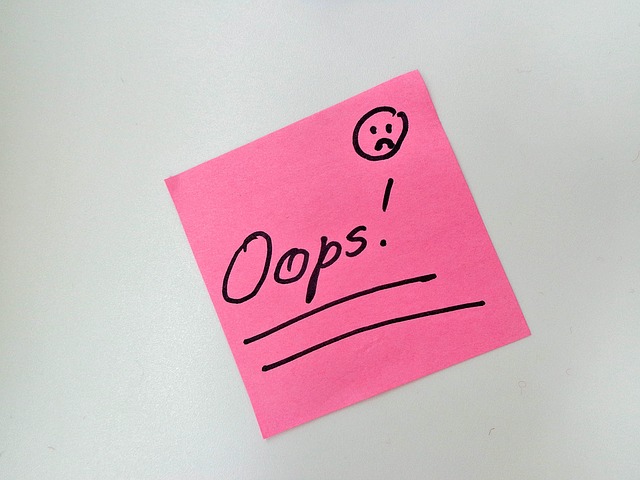An Elsevier journal has corrected a retraction notice after we asked questions about what exactly it was saying — but not before the journal’s editor tried to defend what turned out to be a mistaken passage.
The article, “Measurement of performance parameters and improvement in optimized solution of WEDM on a novel titanium hybrid composite,” was published online in Measurement in December 2020. The retraction notice, which appeared online on September 17 of this year, read:
This article has been retracted at the request of the Editor-in-Chief due to similarities detected with a previously-published paper in Proceedings of the Institution of Mechanical Engineers, Part C: Journal of Mechanical Engineering Science. The earlier paper’s title is: Statistical and experimental investigation using a novel multi-objective optimization algorithm on a novel titanium hybrid composite developed by lens process. Upon careful analysis, it was observed that most of the results reported in the Measurement paper were also reported in the prior paper, and most of the equations, figures and graphs have been published in both papers. The journal editors and publisher wish to apologise for any confusion caused.
This manipulation of the peer-review process represents a clear violation of the fundamentals of peer review, our publishing policies, and publishing ethics standards. Apologies are offered to the reviewer whose identity was assumed and to the readers of the journal that this deception was not detected during the submission process.
That second paragraph puzzled us. Duplication of prior work is a no-no, but how exactly did the behavior represent “manipulation of the peer-review process,” and why did a “reviewer whose identity was assumed” require an apology?
The editor in chief of the journal, Paolo Carbone, of the University of Perugia in Italy, told us that
the paper was reviewed by 5 different reviewers in two rounds of reviews.
Unfortunately, the antiplagiarism software did not detect the overlap of results, which is the reason for the paper retraction.
Thus, the review process was done properly, but we later discovered the duplicated material.
Fair enough. But, we asked, what did “this manipulation of the peer-review process” and “the reviewer whose identity was assumed” refer to?
Carbone said that
any fraudulent way to have a paper published by circumventing the peer review process, although genuinely conducted, represents a mechanism to manipulate the process itself.
Reviewers are made to think that the research is novel why it is not. Thus, their view is manipulated from the very beginning.
I believe that the first part of the retraction notice represents well what happened and clarifies it. The second part apologizes to the reviewers that, without responsibilities, put their trust in what they read.
That didn’t quite track for us. We noted that we tend to see the language in the second paragraph in cases where someone used a stolen identity to submit a peer review and fool journals. Did that also happen in this case? we asked. It’s very different from reviewers who simply didn’t know that what they were reading was duplicated.
Carbone stopped responding. But several days later, we received a response from an Elsevier spokesperson:
The Editor in Chief of Measurement asked us to look into the additional text that you highlighted in this retraction notice.
The correct explanation for this retraction appears in the original retraction notice, which is the version approved by the Editor in Chief : RETRACTED: Measurement of performance parameters and improvement in optimized solution of WEDM on a novel titanium hybrid composite – ScienceDirect. The paper was retracted solely due to duplication of an earlier paper by the same authors.
Due to an unfortunate human error, two erroneous sentences had been added to the copy of the retraction notice which is published for print customers and to inform some indexation services. Elsevier apologies profusely to the authors, Editor in Chief and readers for this manual error, which has now been corrected. We are currently in the late stages of testing automation to avoid such errors in the future.
Indeed, the second paragraph has now been removed from the notice.
The corresponding author of the paper has not responded to a request for comment.
Like Retraction Watch? You can make a one-time tax-deductible contribution or a monthly tax-deductible donation to support our work, follow us on Twitter, like us on Facebook, add us to your RSS reader, or subscribe to our daily digest. If you find a retraction that’s not in our database, you can let us know here. For comments or feedback, email us at [email protected].
